Home>Garden Essentials>How Long Does Centipede Grass Take To Germinate
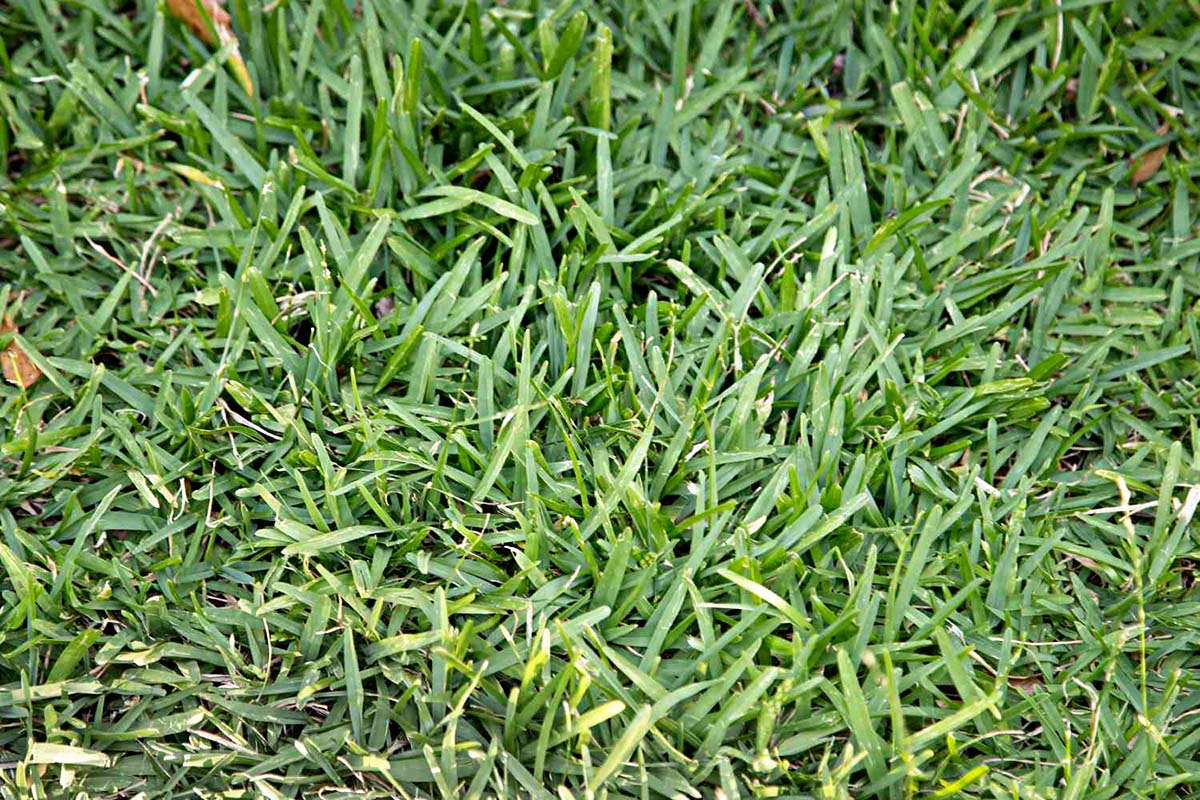

Garden Essentials
How Long Does Centipede Grass Take To Germinate
Modified: April 22, 2024
"Learn how long it takes for centipede grass to germinate in your garden. Discover valuable insights and tips for successful growth.
(Many of the links in this article redirect to a specific reviewed product. Your purchase of these products through affiliate links helps to generate commission for Storables.com, at no extra cost. Learn more)
Introduction
Centipede grass (Eremochloa ophiuroides) is a popular warm-season grass variety known for its low maintenance requirements and adaptability to various soil types. It is a dense, low-growing grass that forms a lush green carpet in lawns and landscapes. One of the key aspects of establishing a centipede grass lawn is the germination process. Understanding how long it takes for centipede grass to germinate and the factors that affect germination can help ensure success in growing a beautiful and healthy lawn.
During the germination process, centipede grass seeds undergo a series of stages where they absorb water and nutrients from the soil, sprout, and develop into young grass plants. This process is influenced by several factors, including soil temperature, moisture levels, and seed quality. By optimizing these conditions, you can encourage faster and more successful germination.
The ideal conditions for centipede grass germination involve a combination of warmth, moisture, and proper soil preparation. It is important to provide the seeds with the right environment to sprout and establish strong roots. Additionally, there are certain mistakes to avoid during the germination process to ensure the highest chance of success.
In this article, we will explore the germination process of centipede grass, the factors that affect germination, and the ideal conditions and timeframe for germination. We will also provide some tips for promoting centipede grass germination and highlight common mistakes to avoid. By the end, you will have a comprehensive understanding of how long centipede grass takes to germinate and how to achieve the best results in establishing a healthy and vibrant lawn.
Key Takeaways:
- Centipede grass typically takes 7 to 21 days to germinate in warm, moist soil. Proper preparation, moisture levels, and avoiding common mistakes can promote successful germination.
- To achieve successful centipede grass germination, ensure warm soil, consistent moisture, and proper soil preparation. Avoid over-watering, sow at the right time, and monitor seed depth.
What is centipede grass?
Centipede grass, scientifically known as Eremochloa ophiuroides, is a warm-season perennial grass that is commonly used for lawn and landscape purposes. It is native to Southeast Asia and was introduced to the United States in the 1800s. Since then, it has become a popular choice for homeowners due to its adaptability and low maintenance requirements.
Centipede grass gets its name from the long, narrow leaves that resemble the legs of a centipede. The grass has a creeping growth habit, spreading via above-ground stolons and below-ground rhizomes. This helps it to form a dense, lush turf that effectively competes with weeds.
This grass variety has several distinct characteristics that make it desirable for lawns:
- Drought tolerance: Centipede grass has excellent drought tolerance, making it a suitable choice for regions with dry climates or limited water availability.
- Low maintenance: Compared to other grass species, centipede grass requires minimal upkeep. It has low fertilizer and irrigation needs, reducing the time and effort required for lawn care.
- Shade tolerance: While centipede grass prefers full sun, it can grow moderately well in areas with partial shade. However, it may become thin and weak in dense shade.
- Heat tolerance: This grass variety thrives in hot and humid conditions, making it well-suited for southern regions.
- Pest and disease resistance: Centipede grass is relatively resistant to common pests and diseases, reducing the need for extensive pesticide applications.
Centipede grass is commonly used in residential lawns, parks, and golf course fairways in regions where the climate is suitable. Its ability to establish a dense turf with minimal maintenance requirements makes it an attractive option for homeowners who prefer a more relaxed approach to lawn care.
Now that we have a better understanding of what centipede grass is and its key characteristics, let us delve into the germination process of this grass variety and the factors that influence it.
The germination process of centipede grass
The germination process of centipede grass is a crucial step in establishing a healthy lawn. It begins when the seeds, which are typically small and cylindrical in shape, come into contact with moisture and the optimal temperature range for germination. This initiates a series of physiological changes that lead to the sprouting of the seed and the growth of young grass plants.
When the centipede grass seeds are exposed to moisture, they absorb water and begin to swell. This causes the seed coat to soften, allowing the internal embryo to expand and grow. As the embryo expands, it sends out a tiny root called the radicle, which anchors the seedling into the soil. From the radicle, a shoot emerges, which eventually forms the stem and leaves of the young grass plant.
The germination process is greatly influenced by environmental conditions, specifically soil temperature and moisture levels. Centipede grass requires warm soil temperatures for successful germination, with the ideal range being between 70 to 90 degrees Fahrenheit (21 to 32 degrees Celsius). If the soil is too cold, the seeds may take longer to germinate or even fail to sprout at all.
In terms of moisture, centipede grass seeds need consistent moisture to germinate. However, it is important to avoid over-watering, as excessive moisture can lead to rot or fungal disease development. It is recommended to keep the soil consistently moist, but not waterlogged, during the germination process.
The duration of the germination process can vary depending on various factors. Under ideal conditions, centipede grass seeds can germinate within 7 to 21 days. However, this timeframe may be longer if the soil temperatures are cooler or inconsistent, or if the moisture levels are insufficient.
During the germination process, it is crucial to provide proper care and maintenance to ensure the best conditions for seedling growth. This includes regular watering, avoiding heavy foot traffic over newly sown areas, and providing adequate sunlight for the young grass plants.
Now that we have covered the germination process of centipede grass, let us explore the factors that can affect the germination success and the ideal conditions for promoting faster and more successful germination.
Factors affecting centipede grass germination
Several factors can influence the germination success of centipede grass seeds. By understanding these factors, you can make informed decisions and take the necessary steps to ensure optimal conditions for germination. Here are some of the key factors that can affect the germination process:
- Soil temperature: Centipede grass requires warm soil temperatures for successful germination. The ideal temperature range is between 70 to 90 degrees Fahrenheit (21 to 32 degrees Celsius). Cooler soil temperatures can slow down the germination process or prevent it altogether.
- Moisture levels: Consistent moisture is essential for centipede grass seed germination. However, over-watering can lead to rot or fungal disease issues. It is important to strike a balance and keep the soil evenly moist without waterlogging it.
- Soil quality: The quality of the soil can impact the germination success of centipede grass seeds. It is important to have well-draining soil with a balanced pH level between 5.0 and 6.5. Amending the soil with organic matter before seeding can improve its quality and provide essential nutrients for seedling growth.
- Weed competition: Weeds can compete with centipede grass seeds for essential resources such as water, nutrients, and sunlight. It is crucial to minimize weed presence before and during the germination process to give the centipede grass seeds the best chance to establish and grow.
- Seed quality: The quality of the centipede grass seeds can significantly impact the germination success. It is important to choose high-quality seeds from reputable sources to ensure viability and better germination rates.
These factors should be taken into consideration when preparing the soil and sowing centipede grass seeds. By optimizing these conditions, you can create an environment that promotes faster and more successful germination of the grass seeds.
Now that we understand the factors that can affect the germination process, let us explore the ideal conditions for centipede grass germination.
Ideal conditions for centipede grass germination
The success of centipede grass seed germination depends on creating the ideal conditions for the seeds to sprout and establish healthy roots. By providing the following optimal conditions, you can increase the chances of faster and more successful centipede grass germination:
- Soil temperature: Centipede grass requires warm soil temperatures for optimal germination. The ideal range is between 70 to 90 degrees Fahrenheit (21 to 32 degrees Celsius). If the soil temperatures are too cool, consider waiting until the soil warms up before sowing the seeds.
- Moisture: Consistent and adequate moisture is crucial for centipede grass seed germination. Ensure that the soil is evenly moist but not waterlogged. Avoid letting the soil dry out completely during the germination process.
- Soil preparation: Prepare the soil before sowing the seeds to create an optimal environment for germination. Remove any debris, rocks, or weeds that may obstruct seed growth. Loosen the soil and amend it with organic matter to improve drainage and provide essential nutrients.
- Sunlight: Centipede grass thrives in full sun, so ensure that the germinating area receives ample sunlight. Avoid sowing the seeds in heavily shaded areas, as this can hinder germination and weaken the young grass plants.
- Avoid competition: Minimize weed competition to give the centipede grass seeds the best chance to establish. Clear the area of any existing weeds before sowing, and monitor the germinating area for weed growth during the early stages of centipede grass development.
By providing these ideal conditions, you can create a favorable environment for centipede grass seed germination. Remember to carefully monitor the soil temperature and moisture levels during the germination process and adjust accordingly to ensure the best chance of success.
Now that we understand the ideal conditions for centipede grass germination, let us explore the time it takes for centipede grass to germinate and some tips for promoting germination.
Centipede grass typically takes about 14-21 days to germinate. Keep the soil consistently moist during this time to help the seeds germinate successfully.
Time taken for centipede grass to germinate
The time taken for centipede grass to germinate can vary depending on several factors, including soil temperature, moisture levels, and seed quality. Under ideal conditions, centipede grass seeds can germinate within 7 to 21 days. However, the germination process may take longer if the soil temperatures are cooler or inconsistent, or if the moisture levels are insufficient.
Soil temperature plays a critical role in the germination process. Centipede grass requires warm soil temperatures to initiate germination. The ideal range is between 70 to 90 degrees Fahrenheit (21 to 32 degrees Celsius). If the soil temperatures are too cool, the germination process may be significantly prolonged or delayed. Therefore, it is advisable to sow centipede grass seeds when the soil has warmed up to the optimal temperature range.
In addition to soil temperature, consistent moisture is essential for centipede grass seed germination. The seeds require adequate moisture to absorb water and initiate the germination process. However, it is important to avoid over-watering, as excessive moisture can lead to rot or fungal diseases. Keeping the soil consistently moist, but not waterlogged, is crucial for successful germination.
It is worth noting that seed quality can also impact the germination time. Higher quality seeds from reputable sources often have better viability and germination rates. It is advisable to select high-quality centipede grass seeds to increase the chances of faster and more successful germination.
During the germination period, it is essential to monitor the soil temperature and moisture levels regularly. Adjusting irrigation schedules and providing adequate sunlight will help create the best conditions for centipede grass seed germination. Be patient and allow sufficient time for the seeds to sprout and establish strong roots.
Now that we understand the time it takes for centipede grass to germinate, let’s move on to some tips for promoting germination and establishing a healthy centipede grass lawn.
Tips for promoting centipede grass germination
To increase the chances of successful centipede grass germination and establish a healthy lawn, it is important to follow these tips:
- Prepare the soil: Before sowing centipede grass seeds, prepare the soil properly. Remove any debris, rocks, or weeds that may hinder seed growth. Loosen the soil and amend it with organic matter to improve drainage and provide nutrients for the young seedlings.
- Sow at the right time: Choose the appropriate time to sow centipede grass seeds, ensuring that the soil temperature is within the optimal range of 70 to 90 degrees Fahrenheit (21 to 32 degrees Celsius). Sow the seeds when the soil has warmed up and the risk of frost has passed.
- Moisten the soil: Before sowing the seeds, moisten the soil to ensure good seed-to-soil contact. This helps the seeds absorb water and kickstart the germination process. Avoid saturating the soil, as it may lead to waterlogging and hinder germination.
- Sow the seeds evenly: Spread the centipede grass seeds evenly across the prepared soil. Use a spreader or your hands to distribute the seeds uniformly. This will help promote even germination and prevent sparse patches in the lawn.
- Keep the soil consistently moist: During the germination period, it is crucial to maintain consistent moisture in the soil. Regularly check the moisture levels and water as needed to keep the soil evenly moist. Be careful not to let the soil dry out completely, as it can hinder germination.
- Avoid foot traffic: Avoid walking or placing heavy objects on the newly sown area. Foot traffic can disrupt the delicate seedlings and hinder their growth. Minimize any disturbances to allow the centipede grass seeds to establish strong roots.
- Monitor sunlight exposure: Centipede grass thrives in full sun, but it can tolerate some shade. Ensure that the germinating area receives adequate sunlight. Avoid sowing the seeds in heavily shaded areas, as this can hinder germination and lead to weak grass growth.
Following these tips can help promote faster and more successful centipede grass germination. Remember to monitor the soil moisture levels, provide adequate sunlight, and be patient as the seeds take time to sprout and grow.
Next, let us discuss some common mistakes to avoid during centipede grass germination to ensure the best results.
Common mistakes to avoid during centipede grass germination
While it is essential to know how to promote centipede grass germination, it is equally important to be aware of common mistakes that can hinder the process. By avoiding these mistakes, you can increase the chances of successful germination and establish a healthy centipede grass lawn. Here are some common mistakes to avoid:
- Over-watering: Excessive watering can lead to waterlogged soil, which can suffocate the seeds and encourage the growth of harmful fungi and diseases. Avoid over-watering during the germination process and keep the soil evenly moist, but not saturated.
- Under-watering: On the other hand, under-watering can prevent the seeds from absorbing enough moisture to initiate germination. Ensure that the soil remains consistently moist throughout the germination period by monitoring and adjusting irrigation as needed.
- Sowing seeds too deep: Planting centipede grass seeds too deep in the soil can impede their ability to sprout and establish. Follow the recommended seeding depth indicated on the seed packaging to ensure optimal germination.
- Planting at the wrong time: Sowing centipede grass seeds at the wrong time, such as during periods of unfavorable weather or when soil temperatures are too cool, can result in delayed germination or germination failure. Wait for the appropriate time when soil conditions are optimal for seed growth.
- Not preparing the soil: Neglecting to properly prepare the soil before sowing centipede grass seeds can hinder germination. Remove weeds, rocks, and debris, and amend the soil with organic matter to improve drainage and provide essential nutrients for the seedlings.
- Ignoring weed control: Weeds can compete with centipede grass seeds for essential resources, hindering their germination and growth. Before sowing the seeds, minimize weed presence in the area and continue to monitor and control weed growth during the germination period.
- Walking or placing heavy objects on germinating area: Excessive foot traffic or placing heavy objects on the newly sown area can damage delicate seedlings and impede their growth. Avoid walking or placing heavy items on the germinating area to give the seeds a chance to establish undisturbed.
By being mindful of these common mistakes and taking the necessary precautions, you can improve the chances of successful centipede grass germination. Create optimal conditions, provide proper care, and be patient as the seeds sprout and establish into a healthy and vibrant lawn.
Now that we have covered common mistakes to avoid, let’s summarize the key points we’ve discussed and conclude our article.
Conclusion
Achieving successful centipede grass germination is a crucial step in establishing a healthy and vibrant lawn. By understanding the germination process, the factors that influence it, and the ideal conditions for promoting germination, you can increase the chances of success.
Centipede grass requires warm soil temperatures, consistent moisture, and proper soil preparation for optimal germination. By maintaining these conditions and avoiding common mistakes such as over-watering, under-watering, and improper seed depth, you can create a favorable environment for centipede grass seeds to sprout, grow, and develop into a lush green turf.
Remember to carefully monitor the soil temperature and moisture levels during the germination period, making adjustments as necessary to ensure the best outcomes. Proper soil preparation, weed control, and minimizing foot traffic over the germinating area are also crucial factors to consider.
With patience and proper care, centipede grass seeds typically germinate within 7 to 21 days under optimal conditions. However, it is important to note that germination can take longer if soil temperatures are cooler, moisture levels are inadequate, or the seed quality is compromised.
By following the tips and guidelines outlined in this article, you can promote faster and more successful centipede grass germination, leading to the establishment of a beautiful lawn with low maintenance requirements.
In conclusion, with the right conditions, proper care, and patience, you can achieve successful centipede grass germination and enjoy the lush, resilient, and low-maintenance lawn that this grass variety offers.
Remember to consult local experts or gardening professionals for specific recommendations tailored to your region and climate. Happy gardening!
Frequently Asked Questions about How Long Does Centipede Grass Take To Germinate
Was this page helpful?
At Storables.com, we guarantee accurate and reliable information. Our content, validated by Expert Board Contributors, is crafted following stringent Editorial Policies. We're committed to providing you with well-researched, expert-backed insights for all your informational needs.

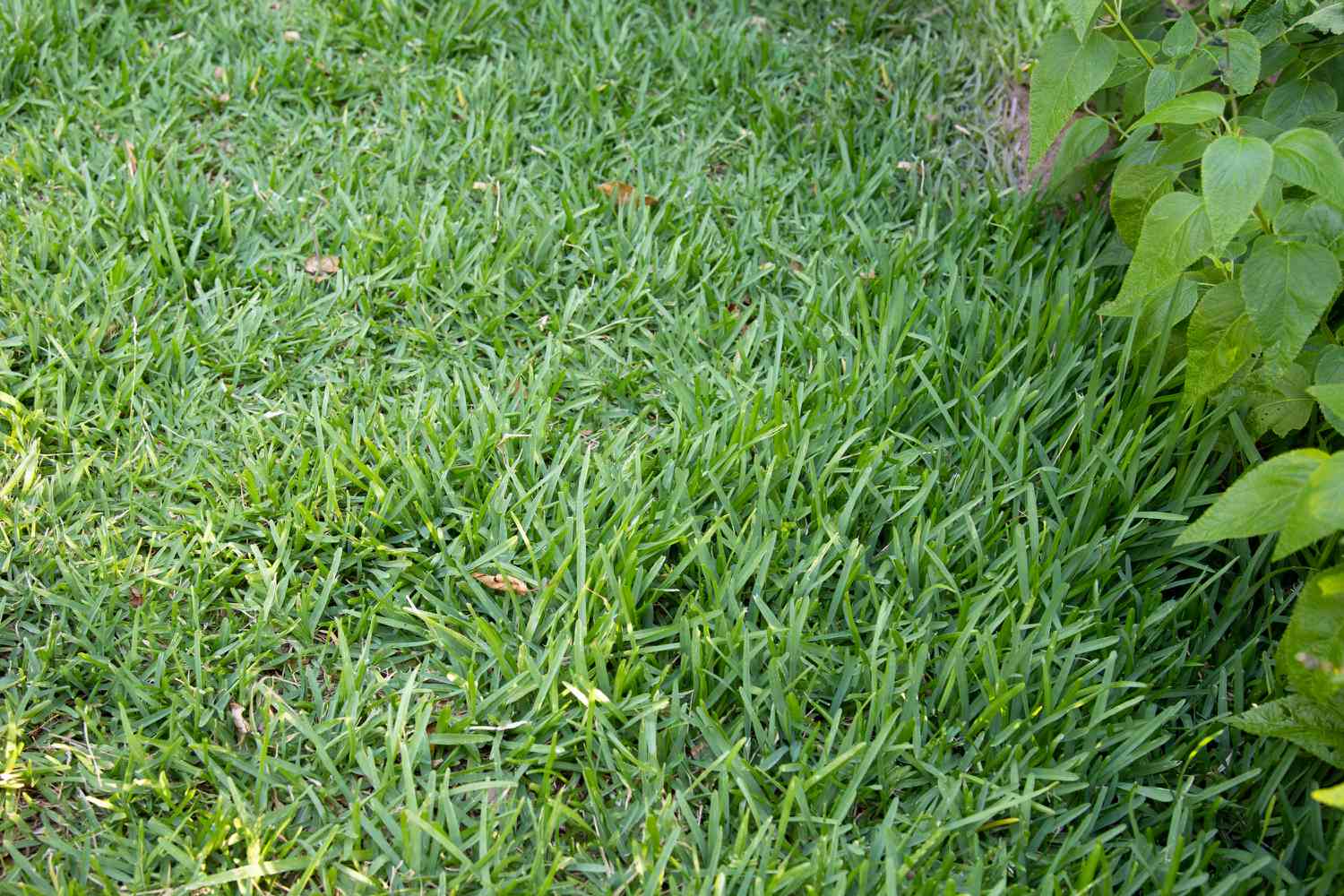

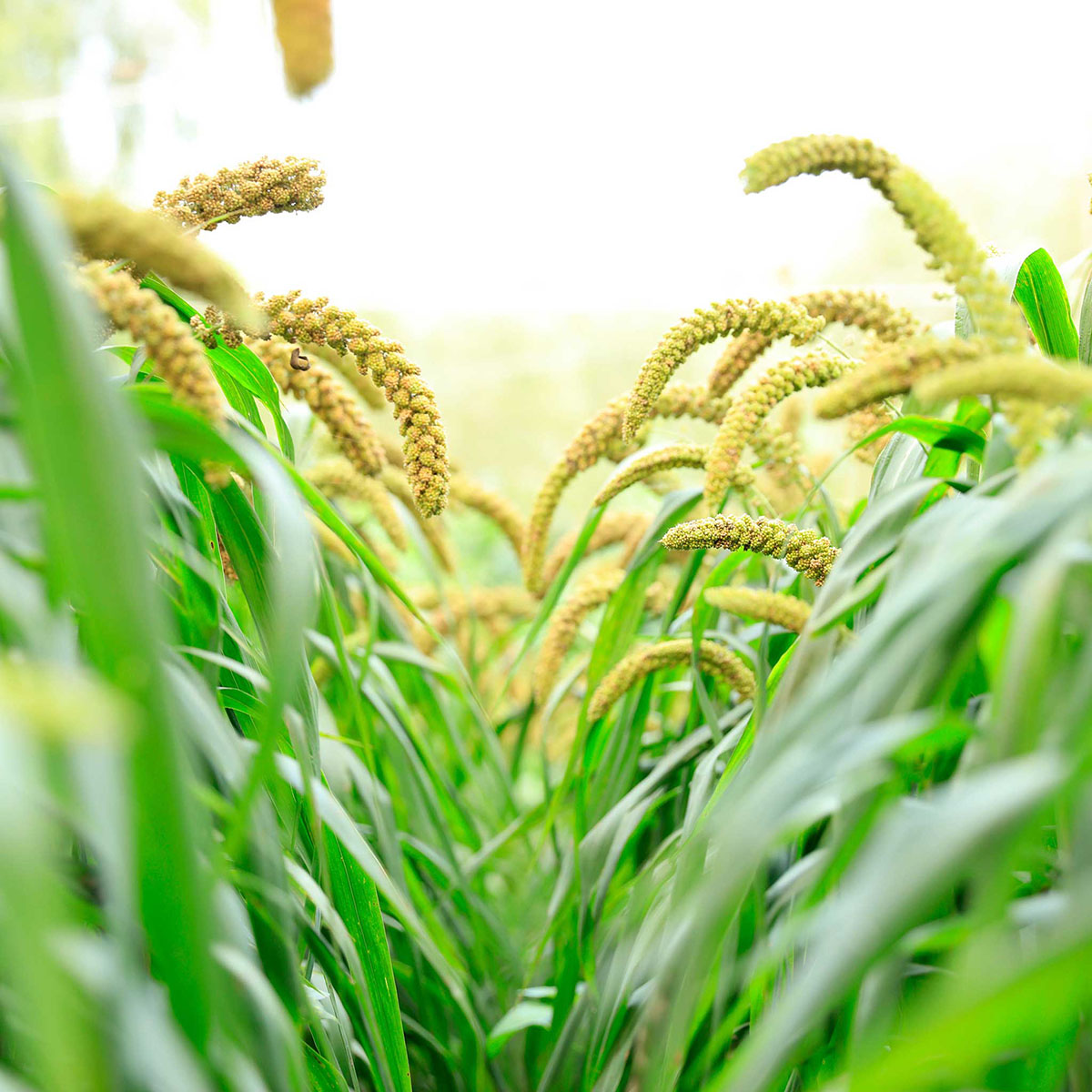


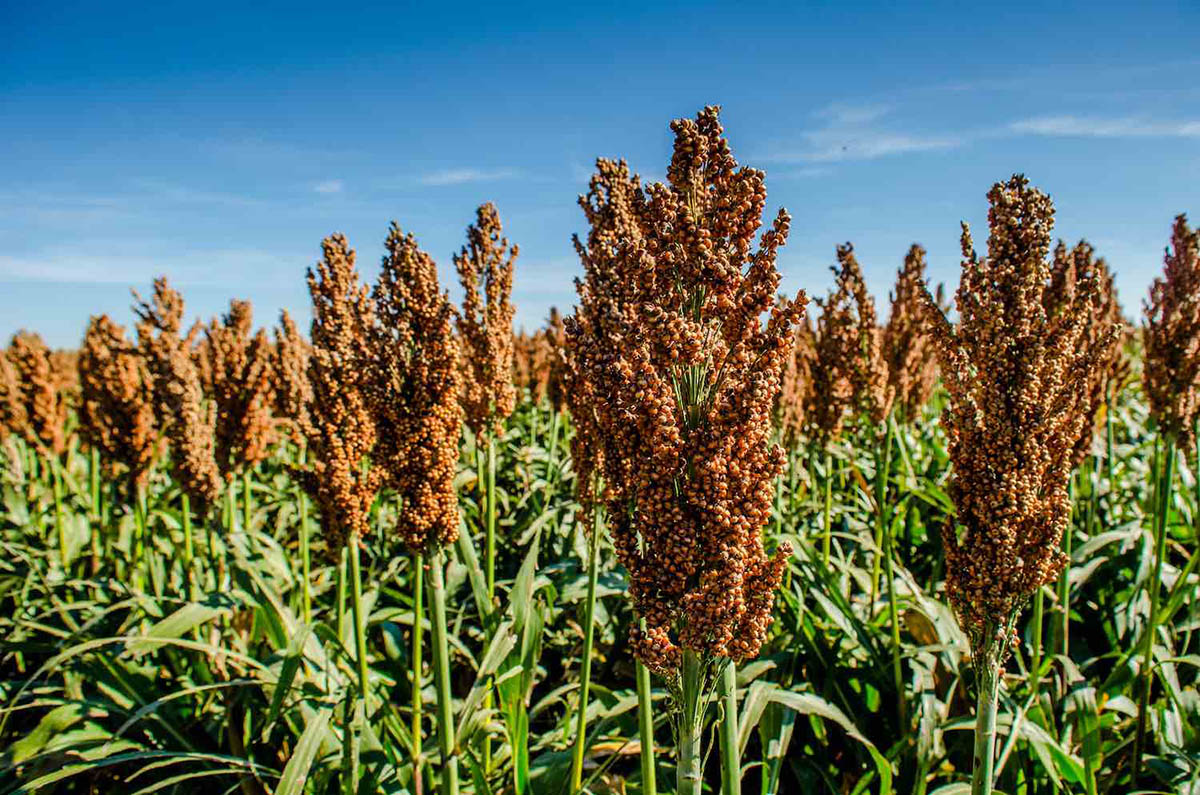


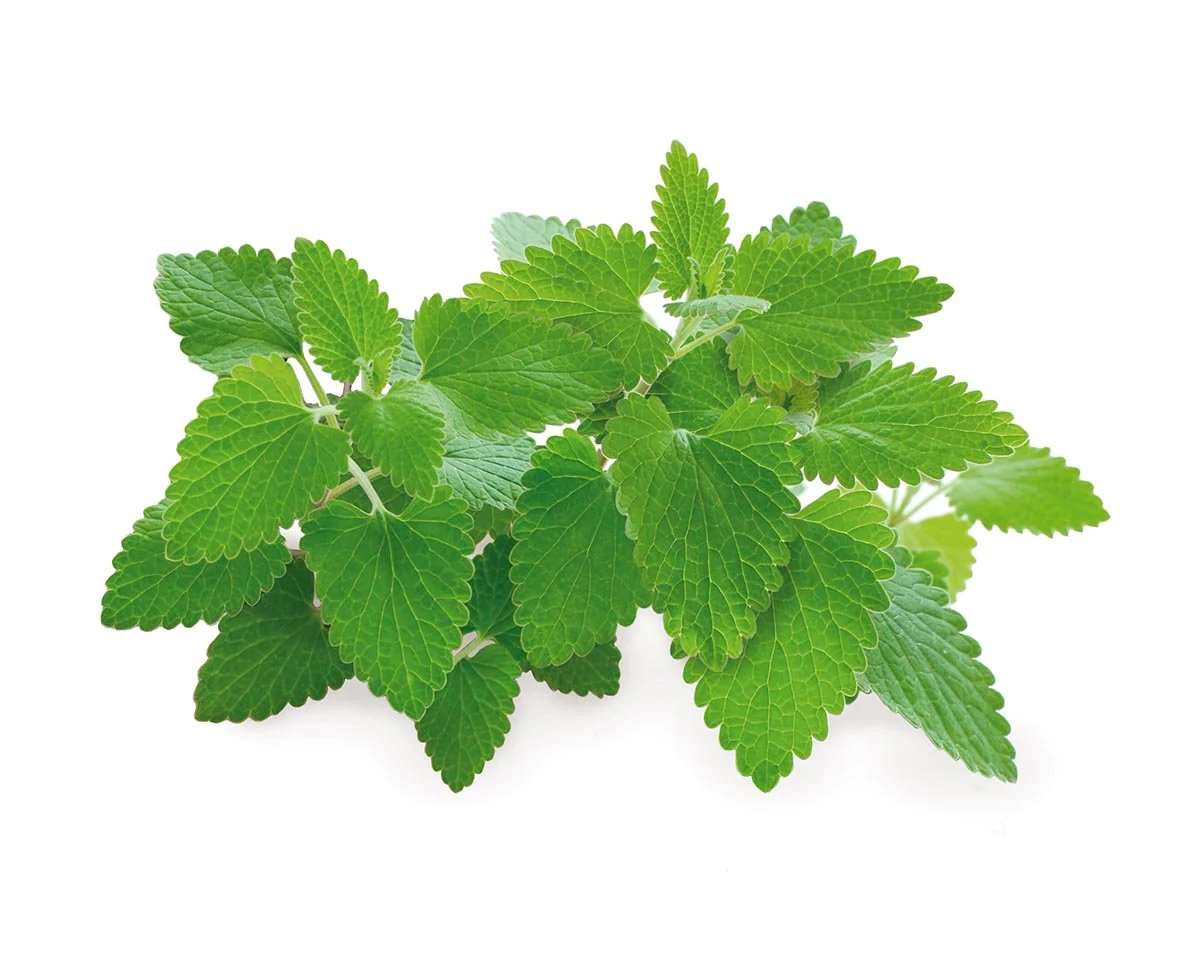

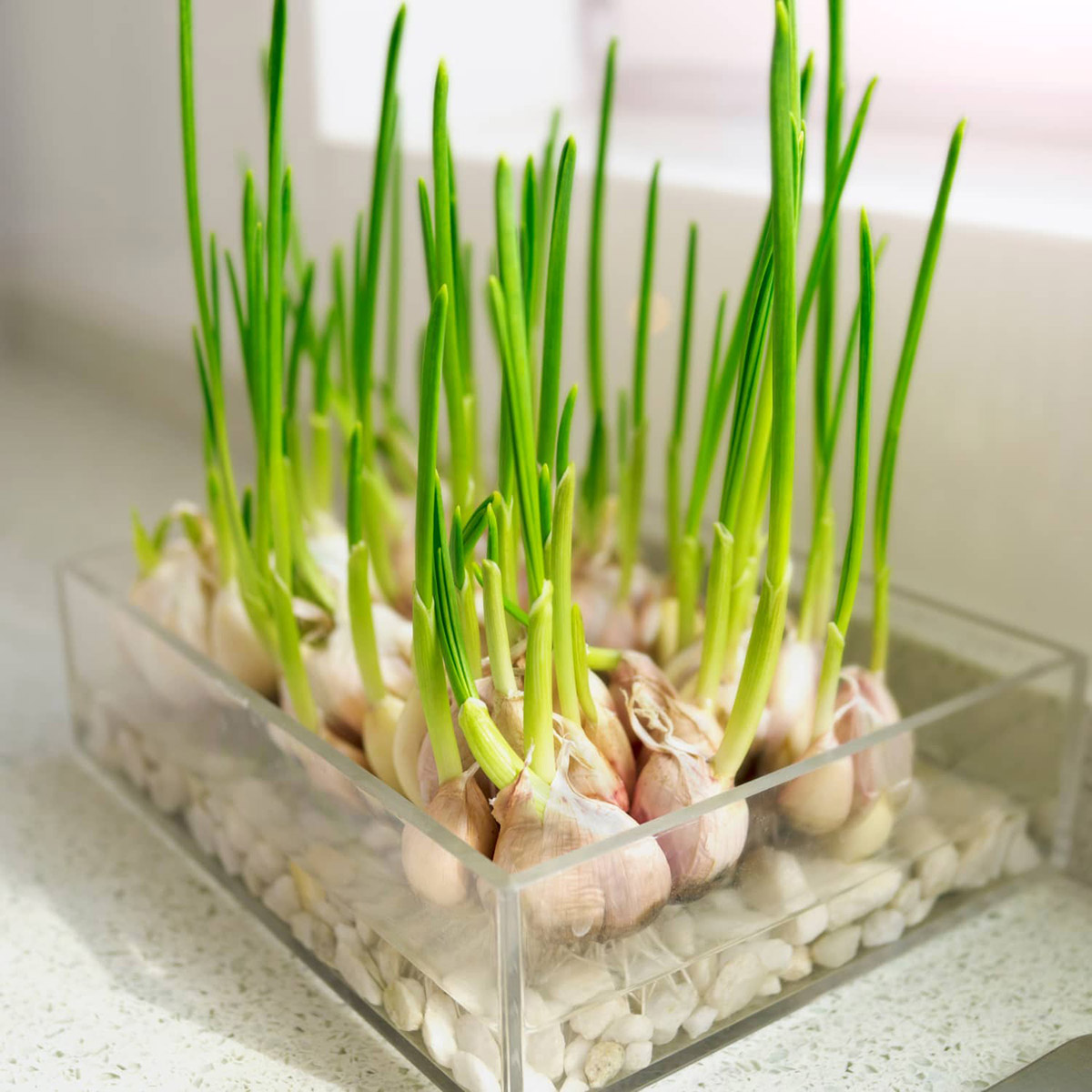

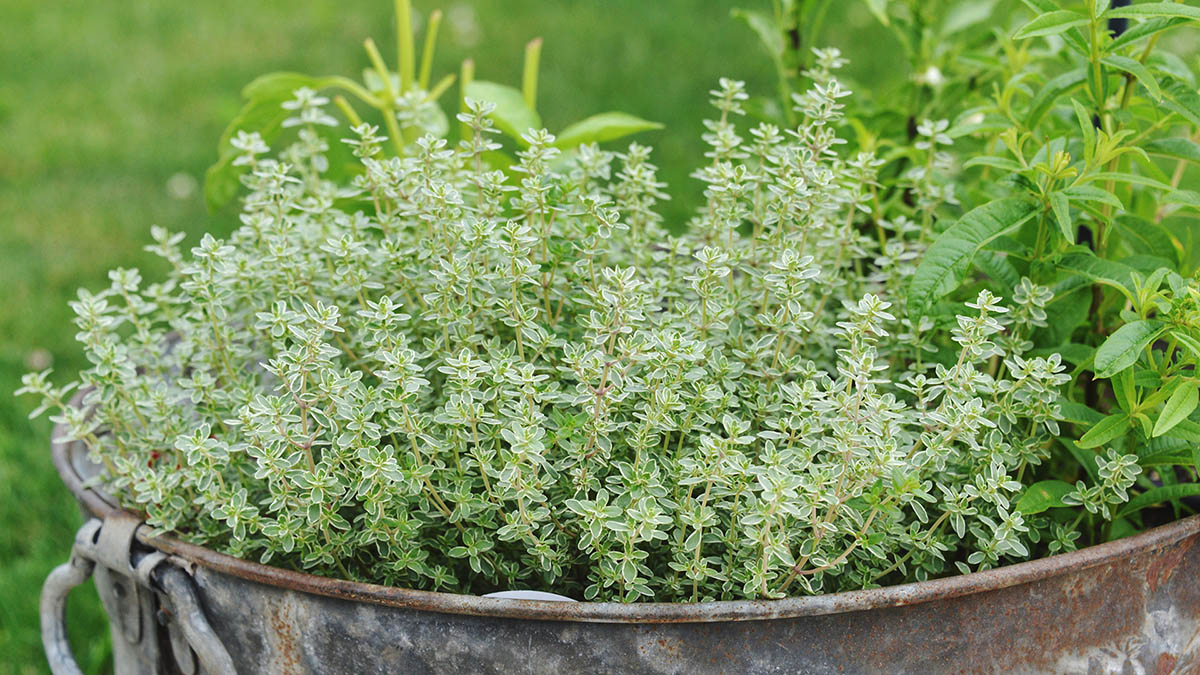

0 thoughts on “How Long Does Centipede Grass Take To Germinate”